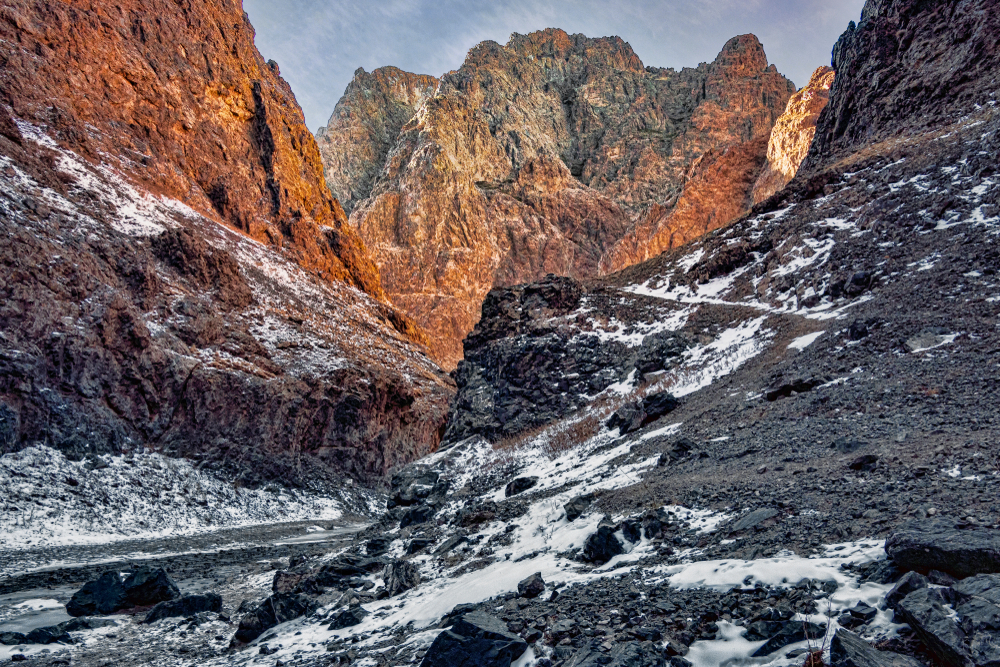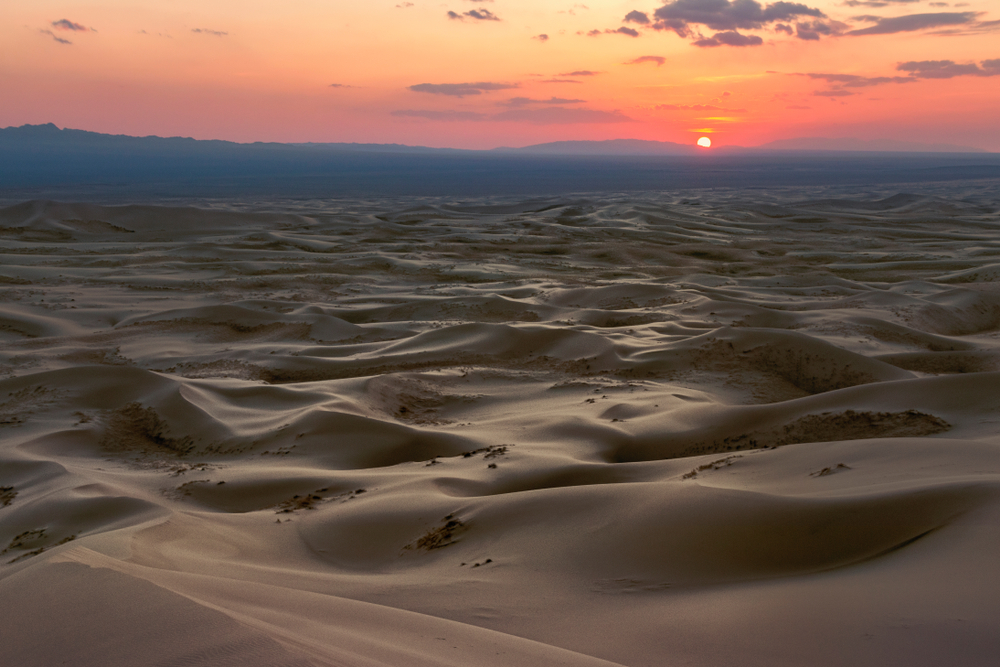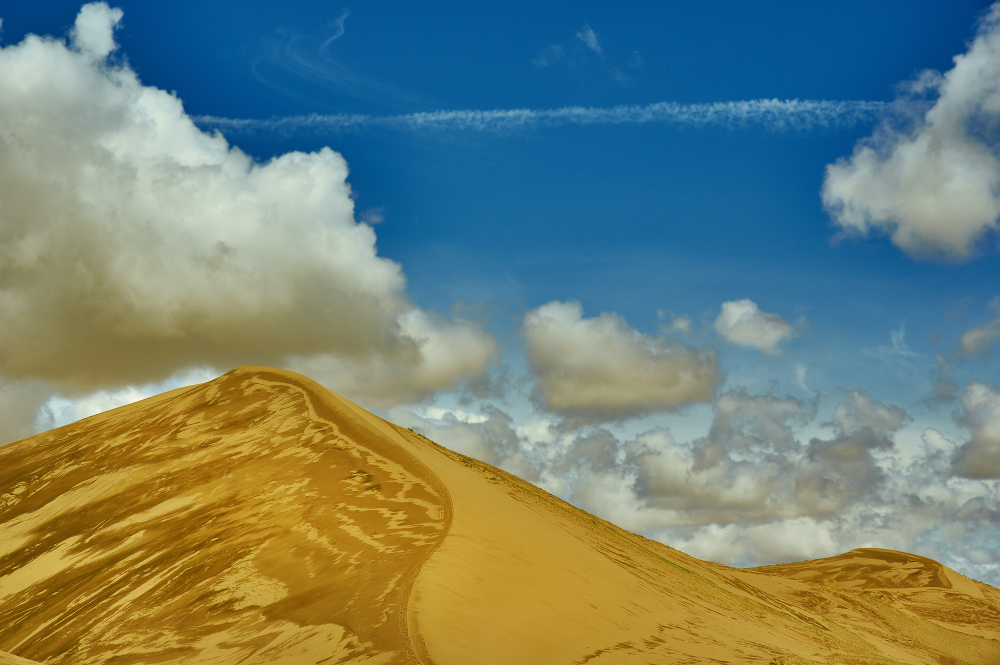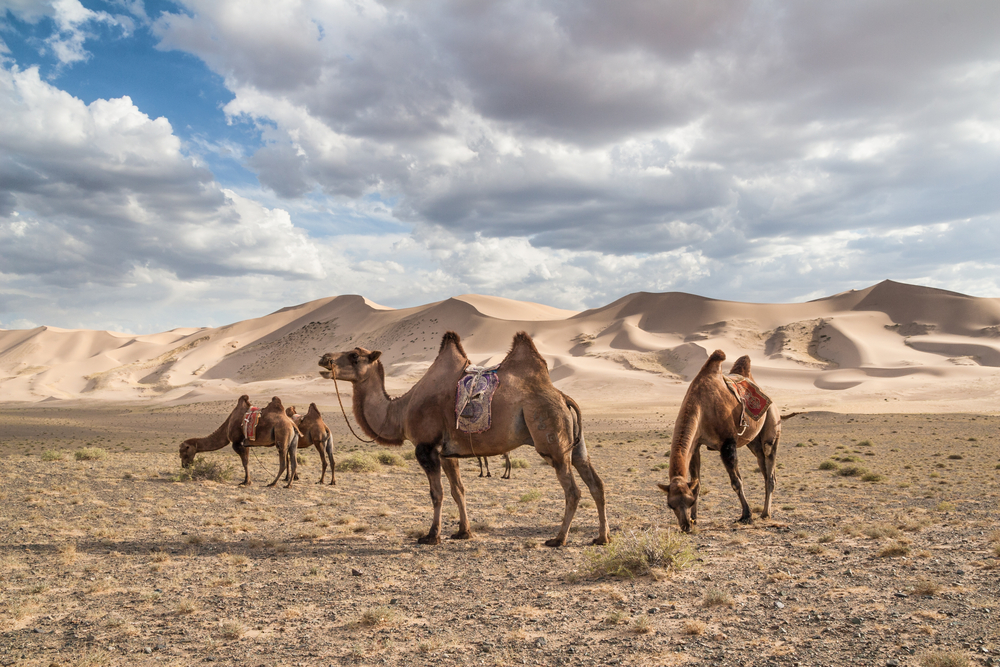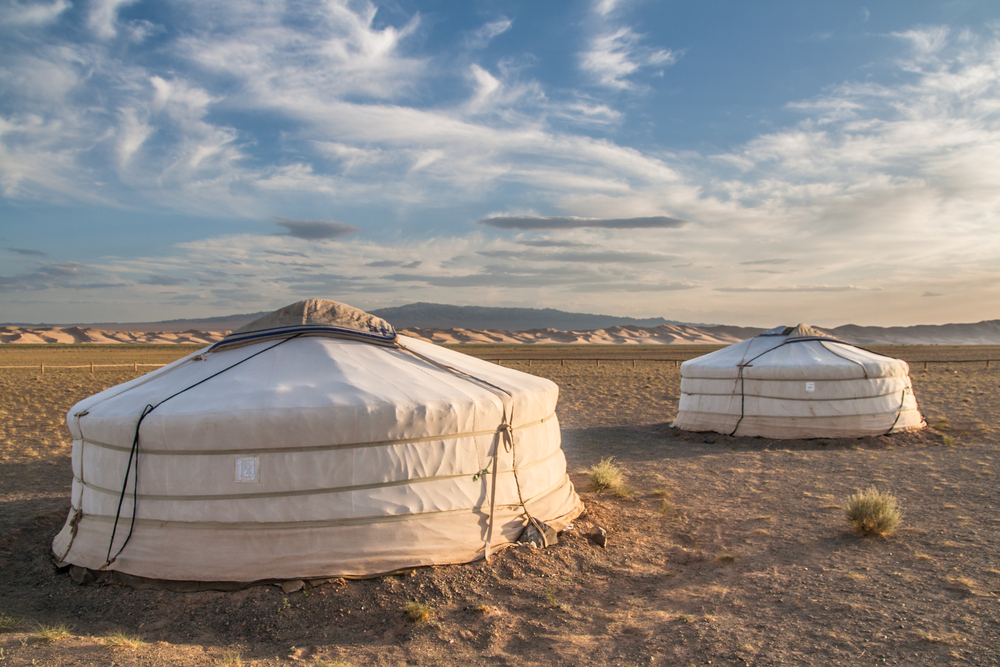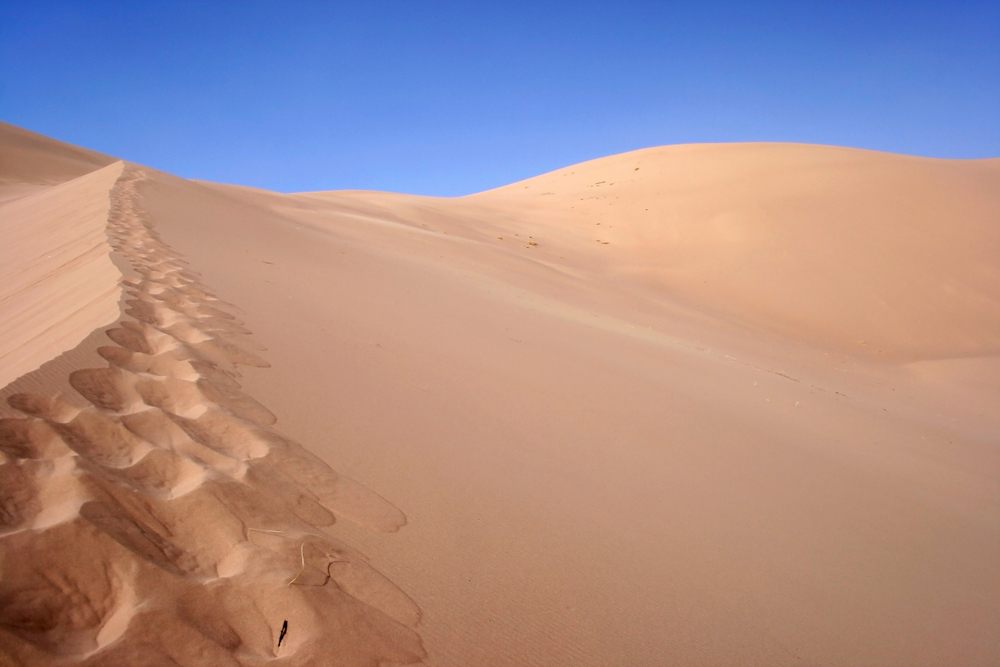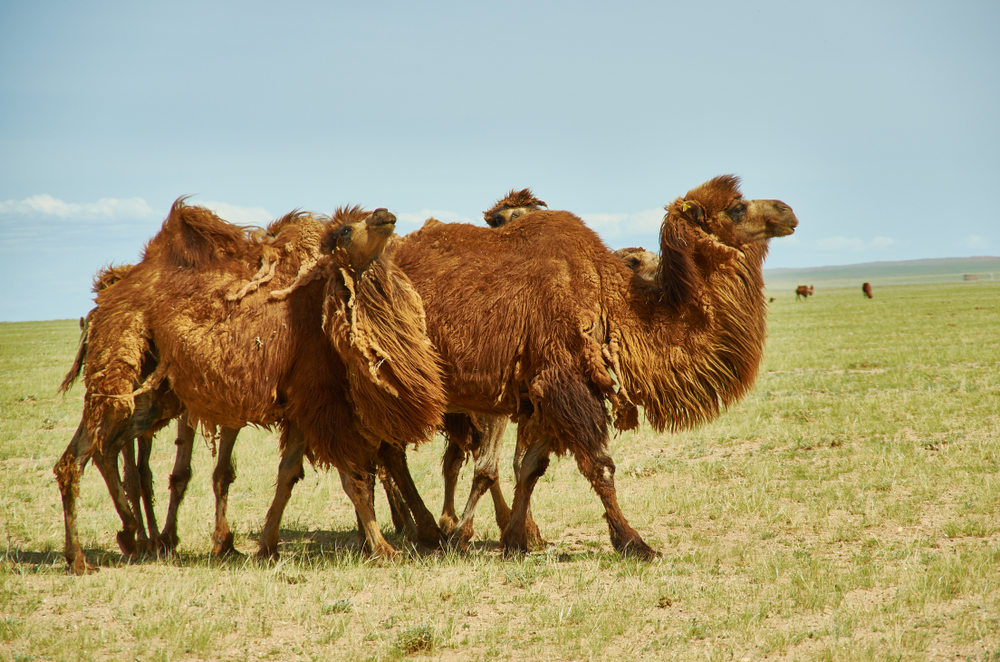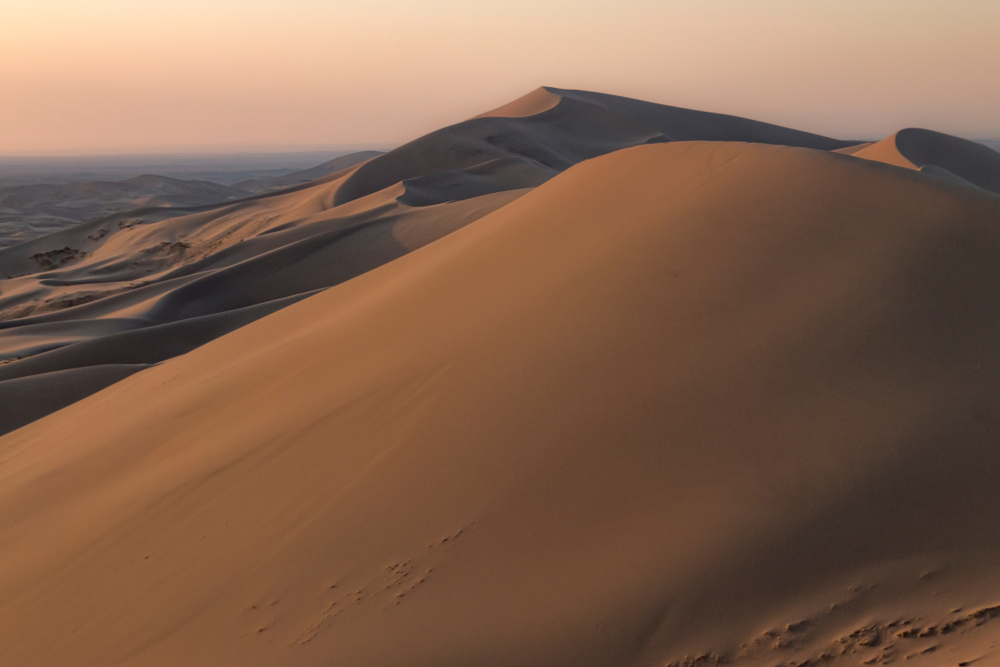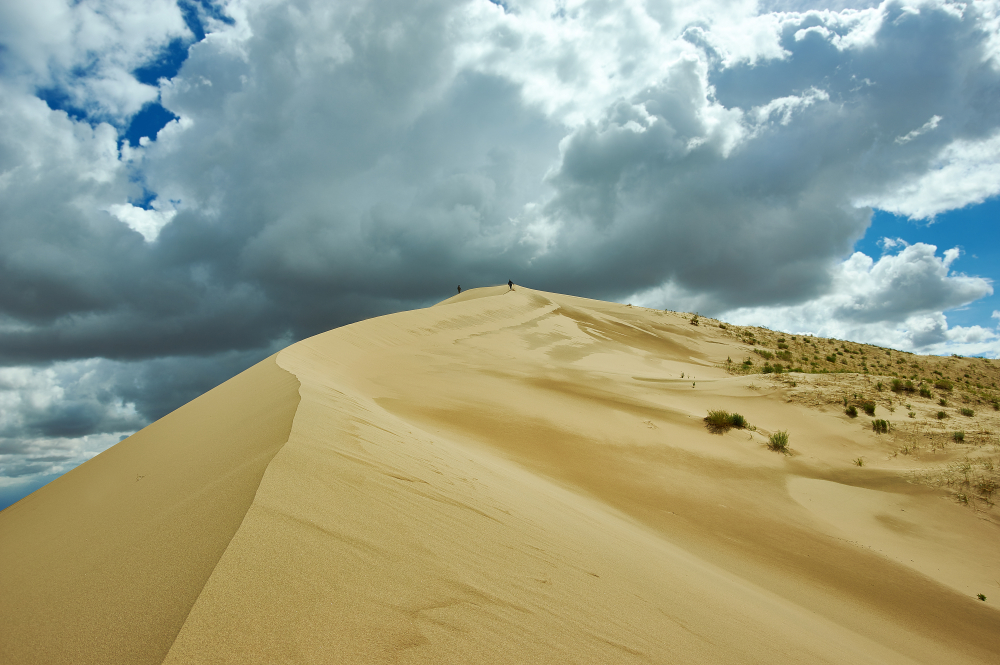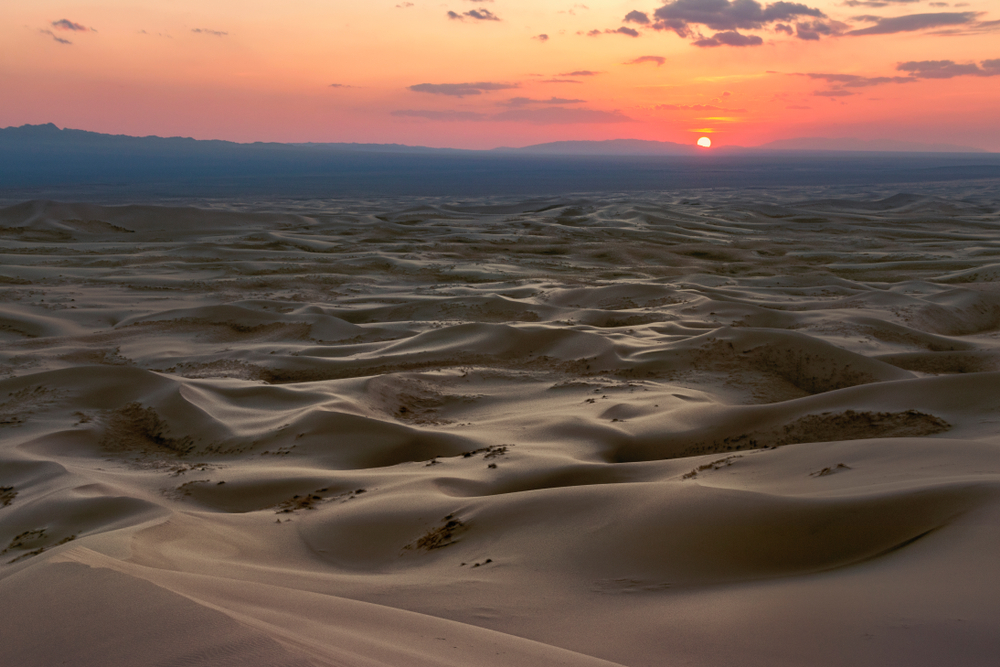Gobi Gurvansaikhan Overview
Gobi Gurvansaikhan National Park, the largest national park in Mongolia, encompasses an area of approximately 27,000 square kilometers (about 10,425 square miles). It is situated in the southern part of the country, stretching across the provinces of Ömnögovi and Bayankhongor. The park’s name, which translates to “Three Beauties of the Gobi,” refers to the three subranges of the Altai Mountains that dominate its landscape: East, Middle, and West Beauty.
Established in 1993, Gobi Gurvansaikhan National Park is a cornerstone of the Mongolian Gobi Desert’s conservation efforts, protecting a diverse array of habitats, from vast sand dunes and rocky mountains to salt flats and frozen lakes. Despite the harsh desert environment, the park is teeming with life, including unique flora and fauna adapted to extreme conditions. Notably, it is home to rare and endangered species such as the snow leopard, Gobi bear (Mazaalai), and wild Bactrian camels.
The park’s most famous feature is the Yolyn Am (Vulture Gorge), a deep ice-filled gorge that remains frozen for most of the year, providing a stark contrast to the surrounding desert landscape. Another highlight is the Khongoryn Els, also known as the Singing Sands, towering sand dunes that produce a mysterious humming sound when the wind blows.
Gobi Gurvansaikhan National Park offers visitors the chance to explore one of the world’s most iconic deserts. Its vast, open landscapes provide opportunities for adventure and discovery, from hiking and camel trekking to experiencing the traditional nomadic lifestyle. The park’s unique geological formations, including the Flaming Cliffs (Bayanzag), where important dinosaur fossils have been found, add to its allure, making it a destination of scientific interest as well as natural beauty.
Visiting Gobi Gurvansaikhan National Park is an unforgettable experience, offering insights into the resilience of life in one of the planet’s most extreme environments and the timeless beauty of Mongolia’s Gobi Desert.








































































